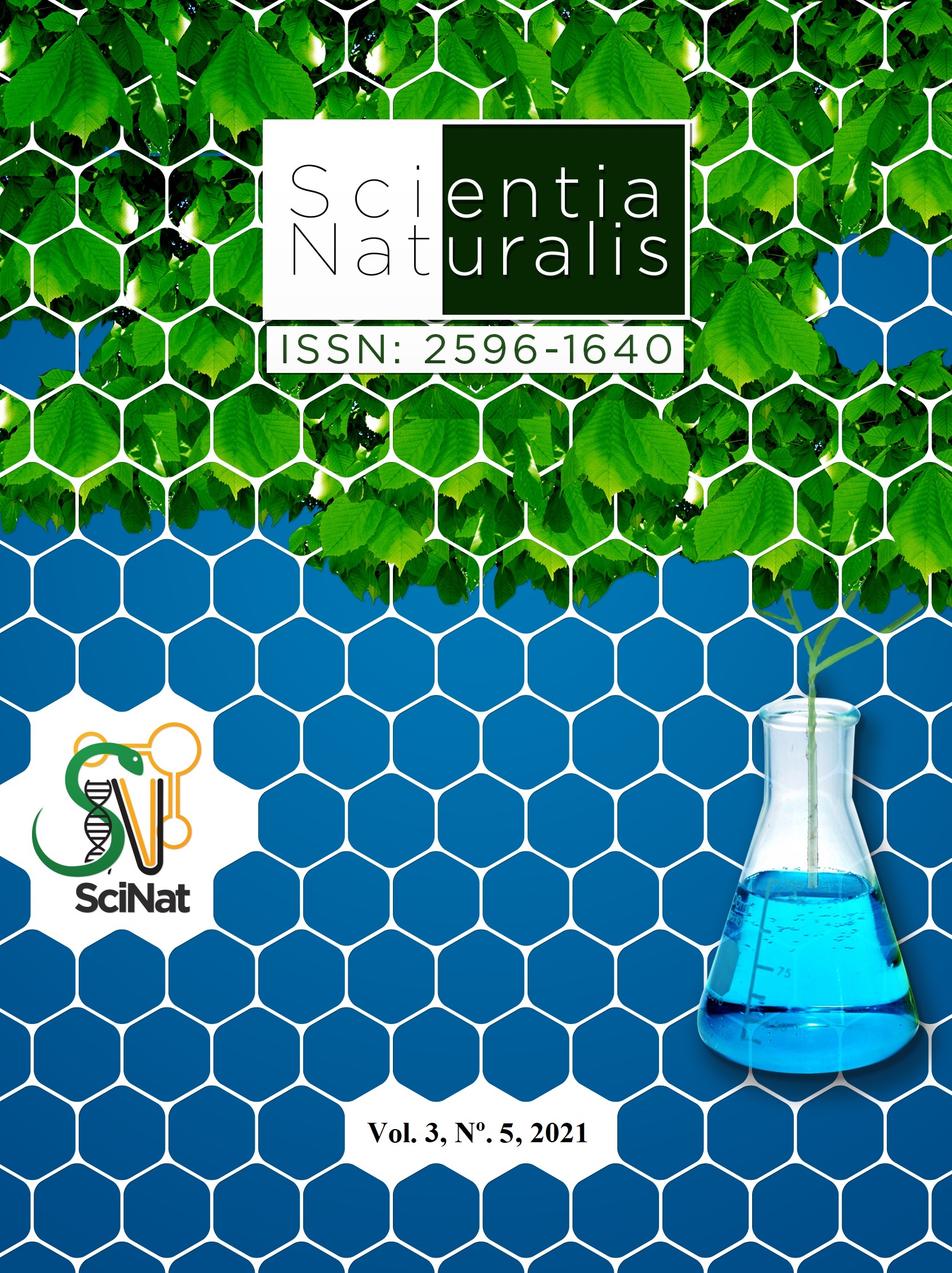Jambu production in a protected environment influenced by seedlings produced with alternative substrate
DOI:
https://doi.org/10.29327/269504.3.5-16Abstract
Field production is a reflection of the planting system, with the production of quality seedlings being of great importance for the expression of maximum productivity. Thus, the objective of this work was to evaluate the production of jambu in a protected environment, using seedlings produced from substrates formed by organic residues. The experiment was carried out at Sitio Ecológico Seridó, Rio Branco, AC, in a randomized block design, with the treatments being jambu seedlings produced in substrates: Organic compost; Carbonized Rice Husk + mixture (crushed charcoal, soil and organic compost); Kapok Residues + mixture; T4: Residues of Ouricuri + mixture; Coconut Fiber + blend; and commercial substrate (control). The experiment was installed in a protected environment at 0.20 m x 0.20 m spacing and evaluations were carried out 50 days after transplanting. There was no difference between treatments for production variables. Commercial fresh mass was 503.0 g plant-1 and yield 12.58 kg m-2. Thus, jambu seedlings produced with substrates from organic compost, carbonized rice husk, coconut fiber, kapok or ouricuri, present similar field production.




